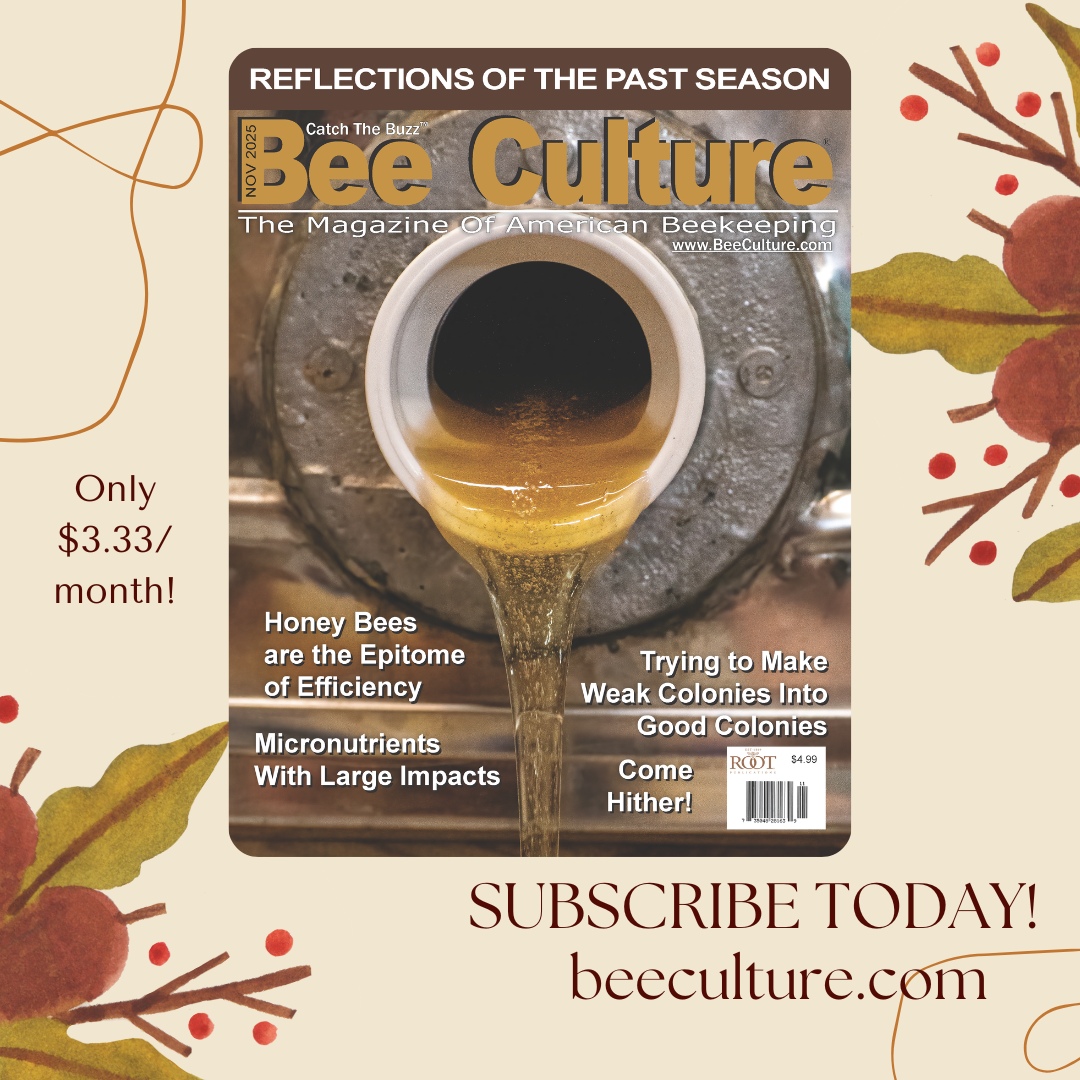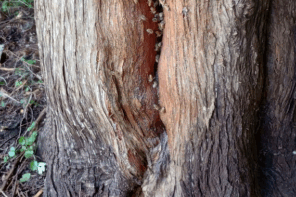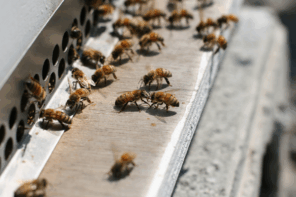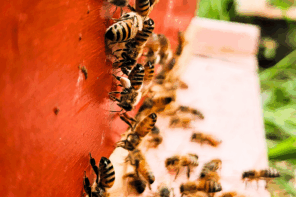Malcolm T. Sanford
COLONY MONITORING USING THERMAL IMAGING
Scott Debnam; University of Montana; USA: Scott.Debnam@umontana.edu
Honey bee colonies are superorganisms that display parental care behaviors at the colony level. This behavior includes
feeding and protecting the brood, as well as temperature and humidity regulation. It is the responsibility of the youngest
adult bees to provide parental care. This subset of the colony has been identified as nurse bees. Within this subset of
bees, there are further labor divisions such that there are members of the nurse bees who are specifically engaged in
maintaining brood temperatures. These specialized nurse bees are known as heater bees. When conducting their heating
behaviors, they are indistinguishable from the other nurse bees in the colony. I utilized thermal imaging to identify the
heater bees in research observation hives. The thermal camera provided detailed information about thoracic
temperatures that allowed for easy identification and quantification of the heater bees and their behavior. I then
utilized thermal imaging to quantify brood temperatures by the developmental stage. Thermal imaging technology
allowed me to determine brood nest temperatures down to the per-cell level. Analysis of the thermal images revealed
that brood care is conducted at the per-cell level. This individual level of parental care results in a wide range of
temperatures within the brood nest, all regulated by the particular brood’s needs in each cell. 14 minutes,
https://tinyurl.com/23jepxtv
BEEHEROX; Huw Evans; BeeHero; huw@beehero.io
Innovative beehive monitoring technology establishes itself as the most necessary instrument for beekeeping,
bee research, and Precision Agriculture. BeeHero’s subsidiary: BeeHero X, presents three further potential
applications of this technology. Two of those applications are based on bioacoustics and the experience gained
over the last decade monitoring the beehive sounds. One such project has led to the development of an Asian
hornet (Vespa velutina) recognition system.The system developed has been tested and proven in Italy and
Belgium, which has given the impetus for BeeHero’s initiative to apply this methodology to detect the newly
reported Asian Giant Hornet (Vespa mandarinia) in the US. The second bioacoustics application is remote sensing
of pollinators’ abundance and richness. In-field sensors are placed in the crop to detect the presence of pollinators
distinguishing among the different species (richness) as well as logging the abundance of each species. The
applications of this tool range from precise modeling of pollination right through to conservation. The research
behind providing precession pollination as a service has resulted in the development of tools and methods that
are not commonplace in apiculture due to their complexity and cost. Over three growing seasons, we have
deployed hive monitoring technology during almond pollination in California. We have been able to precisely
monitor the changes in bee activity related to the application of fungicides, varying climatic factors, and insights
into the apparently non-linear nature of the strong colonies’ productivity compared to weaker. 15 minutes,
https://tinyurl.com/68bxvaak
BEE HEALTH GURU NSF I-CORPS NATIONAL TEAM
David Firth; University of Montana; USA; david.firth@mso.umt.edu
The Bee Health Guru smartphone app listens to bees and identifies colony health problems. This technology received an NSF ICorps
award. I-Corps uses experiential education to help researchers gain valuable insight into entrepreneurship, business
startup, industry requirements, and challenges. It makes you talk to potential customers, without talking about your technology,
to test hypotheses about what customers want and need. We thought that Bee Health Guru would be perfect for backyard
beekeepers to see if their bees were healthy. We quickly learned that most preferred to check on their bees’ health themselves.
The only market for a bee health detector for this group was newbie beekeepers, a small, constantly changing market.
We had also thought that our health monitor would be great for commercial beekeepers,
allowing them to reduce costs by having fewer employees. Instead, we found that many
commercial operations want to keep all their employees, who are hard to train, and they
need those employees to take care of the bees. In an unexpected development, we found
that the best customer for our bee health monitoring technology was a new type of
beekeeper – professionals who place bees at hotels and other corporate locations so that
those companies can say how they are helping the environment and being “socially
responsible.” These beekeepers found a lot of value in a technology that can monitor bees
and their health remotely and allow the professional beekeeper to only go to the location
(hotel, airport, etc.) when they need to.19 minutes, https://tinyurl.com/2x9sketd










